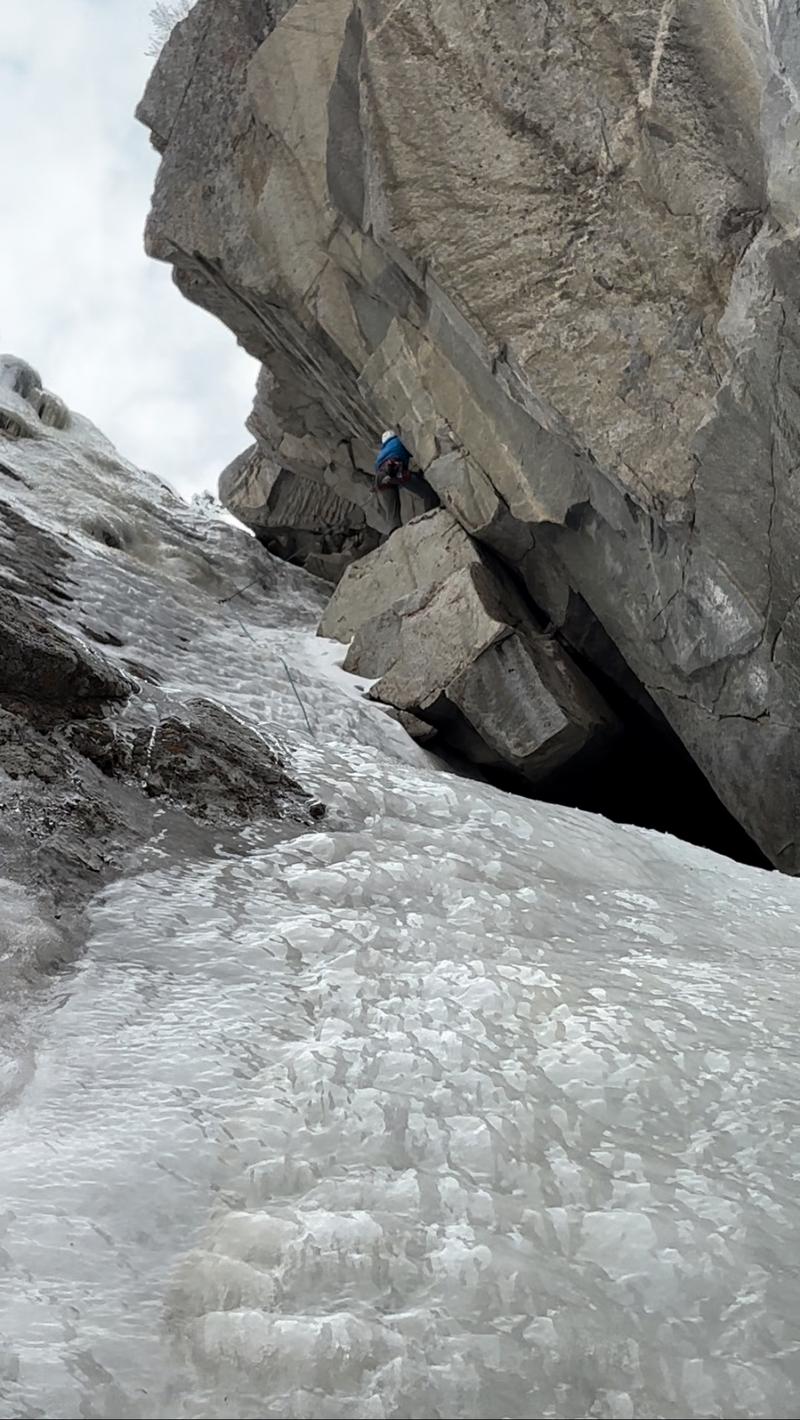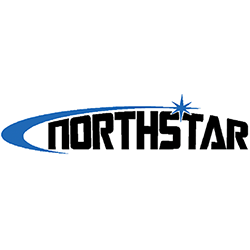Observer Name
Hathcock/Salata
Observation Date
Monday, March 11, 2024
Avalanche Date
Monday, March 11, 2024
Region
Salt Lake » Little Cottonwood Canyon » Triangle Couloir
Location Name or Route
Triangle Couloir/LCC
Elevation
8,000'
Aspect
North
Trigger
Natural
Avalanche Type
Dry Loose
Avalanche Problem
New Snow
Weak Layer
New Snow
Depth
Unknown
Width
Unknown
Comments
Close call in Triangle Couloir on March 11, 2024.
Me and my partner started up towards Triangle Couloir at 8:45. At the trailhead it was 38 degrees and our main concern was wet snow for the day, although it was supposed to cool as the day progressed. On our skinner towards the couloir, we noticed previously wet snow (about three inches on supportable base) that was on the refreeze.
When we got to the couloir, it was obvious it had previously slid as far as the trees at the bottom. The debris was baseball to basketball sized chunks that was fairly soft. 100ft higher, there was another sluff pile that was a little more firm. Seeing this previous activity was expected, considering the warm temps through the weekend at low elevation.
Seeing the debris piles gave us confidence that the couloir had went through its shedding cycle and could possibly be ready to go. We continued up with caution and as we got further up the couloir, the snow became drier with mid boot penetration. We pulled off into a cove before the steep snow pitch, that turns lookers left, and decided we should go for it.
As we got gear and ropes ready, we notice that the sun popped out for 5-10 minutes and was hitting the upper parts of the ridgeline, but clouds quickly moved back in. We also noted that it was pretty cold, forcing us to put on jackets and swinging arms to warm up our hands. This also gave us confidence that it was cold enough for an attempt. We started up the steep snow pitch.
Up to this point, we had no red flags aside from previous debris that looked like it all went yesterday or before. We know this because there were old tracks from a previous party that navigated through the debris piles. We also saw the party's tracks through the first steep snow pitch before the ice, indicating no new slides had come through to cover them up.
We went one at a time up the steep snow. When we got to the technical ice section, we made a platform on the left side and placed a screw in the first ice buldge for belay. My partner continued up, placing another screw before getting to the chockstone bolted anchor. He stood on top of the chockstone, attached his PAS, and put me on top rope.
I started from the platform and removed the first screw in the ice buldge. As I began climbing through the first pinch around 7100ft at 11:45, my partner yelled "AVALANCHE!". I looked up and saw snow streaming over the top of the second ice pitch. I quickly tucked into a small elevated cove on the rightside as snow rushed by, inches from me.
I was able to look around the cove and saw my partner completely engulfed by snow as it was accelerating off a rock at the top and directly hitting his position. As it let up and my partner became free, he saw the sluff travel down the length of the couloir at an aggressive pace. My partner said that during the sluff, snow filled his mouth and he was hanging from his PAS.
The quick decision to bail was obvious, and I downclimbed back to the platform. Three more smaller sluffs came down while he set up rappel. The sluffs were dry in nature, which was slightly confusing to us. They hissed loudly as they came over the upper pitch, and the leftover sluff piles were soft, dry, and smooth.
We quickly made it down without incident after my partner rappelled. Upon skinning back to the trailhead, we had noticed that Y-Not had a fresh debris pile at the bottom as well. We have some speculation on what caused the slide we were involved with. Our theories are warming, windloading, spindrift, or a combination. The 24 hours of sub/barely freezing temperatures do seem the most suspect, and in hindsight should've been more of a factor in our decision making even though the snow and ice did not feel concerning.
My partner will be sore tomorrow and has slight bruising from his harness, but I would consider us very lucky that it wasn't a bigger/wet slide that collected rocks and other debris. We were lucky that no one was injured, as a rescue from our location would've been very difficult. We were lucky that it didn't come down while my partner was on lead. We were lucky period.
This feels like a classic case of "low danger doesn't mean no danger", and in my opinion there's no such thing as low danger on high consequence lines. We were both stricken with shame and having a sense that we screwed up big time. We debriefed on this situation for two hours, racking our brains on where we went wrong. Two things we concluded was that, there was a recent and significant change (over the weekend) in the temperature that wasn't settled out yet, and there was still dry snow up higher that hadn't released yet.
Im sure this is an incident that me and my partner will continue to evaluate and consider in future tours. We both agreed to report this as it would seem wrong not to, and considering the low danger rating for the day, made it all the more relevant. No matter the rating, we are all responsible for our own judgment and today we apparently made a bad call.
Sorry there's not more photos, we just wanted to get out of there.

Coordinates



